We started this blog with an advent calendar for 2020 summarizing the highlights of our research year and presenting ourselves. Since we have continued that tradition.
Category: Advent calendar
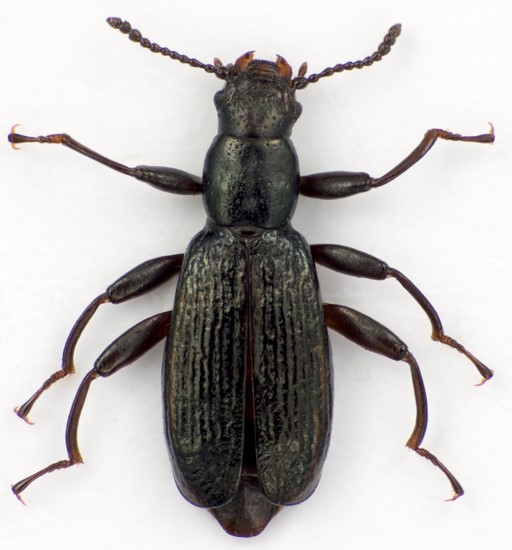
The intertidal beetle genus Aegialites
Last year, Marianne started her PhD-project in the FEZ-group. Marianne kick-started her project with a fieldtrip to the east-coast of USA to collect beetles. The beetles, which live in the cracks and crevices on rocky shores, proved to be difficult to find. With hammer and chisel, she managed […]
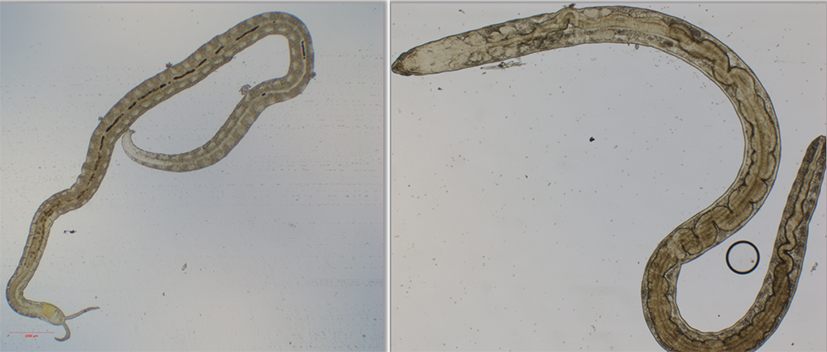
Meiofauna occuring at public swimming beaches on Nesodden
The last UiO:Life Science summer project in our group was conducted by Mari Dønnum Klausen. She investigated the distribution of meiofauna organisms along public swimming beaches on Nesodden. She herself wrote about her project on her final poster: “To be able to understand human impact on ecological systems, […]
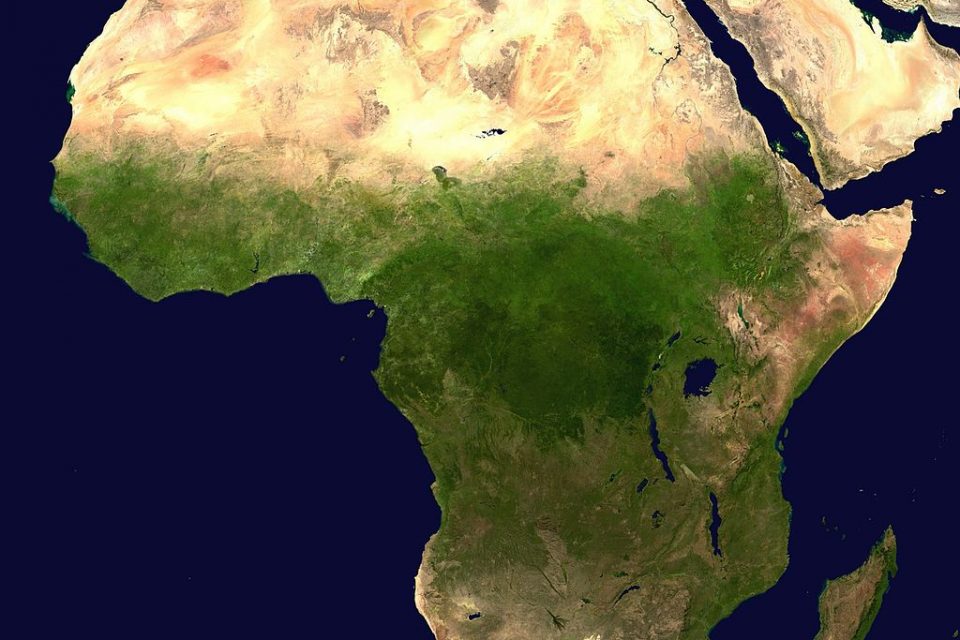
Training in African Insect Biodiversity
The recently started FEZ project ANTENNA received funding from Diku, the Norwegian Agency for International Cooperation and Quality Enhancement in Higher Education. The network of seven universities, one research institute and one NGO, in Norway and seven countries across Africa, will provide training in modern DNA-based molecular methods […]
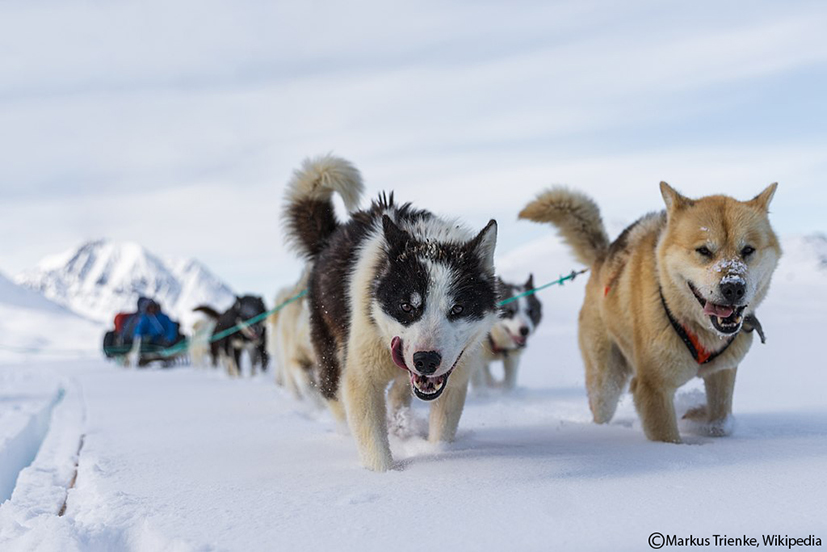
Never Cry Wolf
Mikkel Sinding did a joint (cotutelle) PhD at the Natural History Museums Copenhagen and Oslo. Øystein and Lutz were his supervisors on the Norwegian side. Mikkel defended his thesis entitled “Never Cry Wolf-The origin and genomic history of the indigenous Greenland dogs and wolves” in December 2017. Since […]
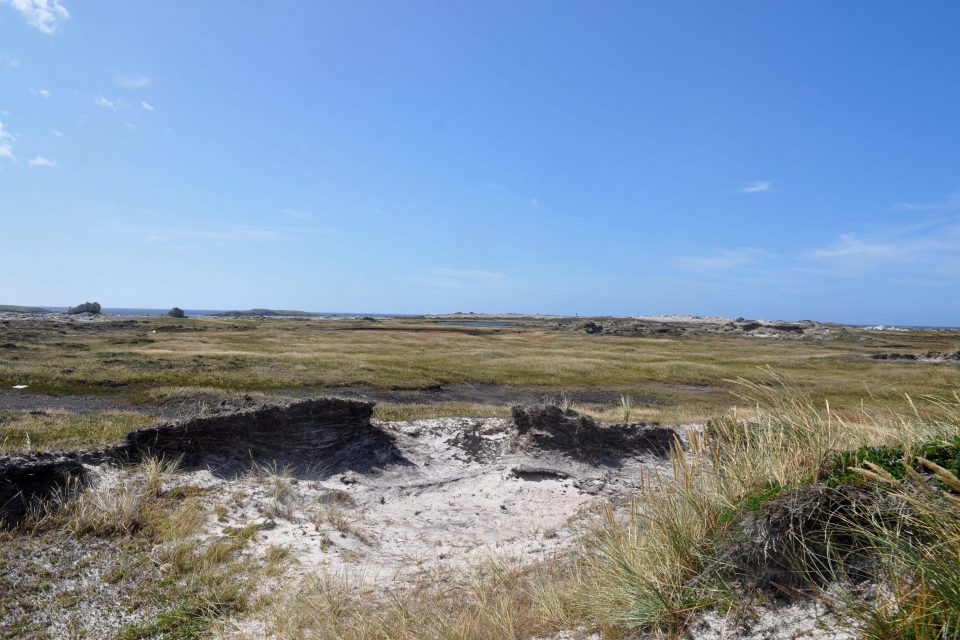
Beetles on the Falkland islands
Field work is an important activity for many researchers at the museum. Every field trip contributes to development of the museum collection and adds species that the collection has been lacking. Sampling in poorly studied parts of the world results in discovery of many species unknown to science. […]
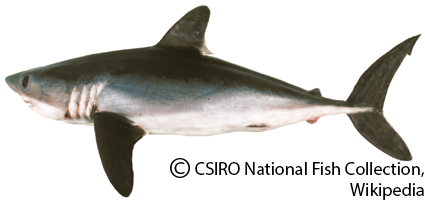
Where do all the sharks live
Many marine top-predators, among them many shark species, are particularly vulnerable to environmental changes as they are contingent on the various prey species along the food chain and their responses to shifts. The porbeagle (Lamna nasus) is a large pelagic shark that inhabits cold-temperate regions of the oceans […]
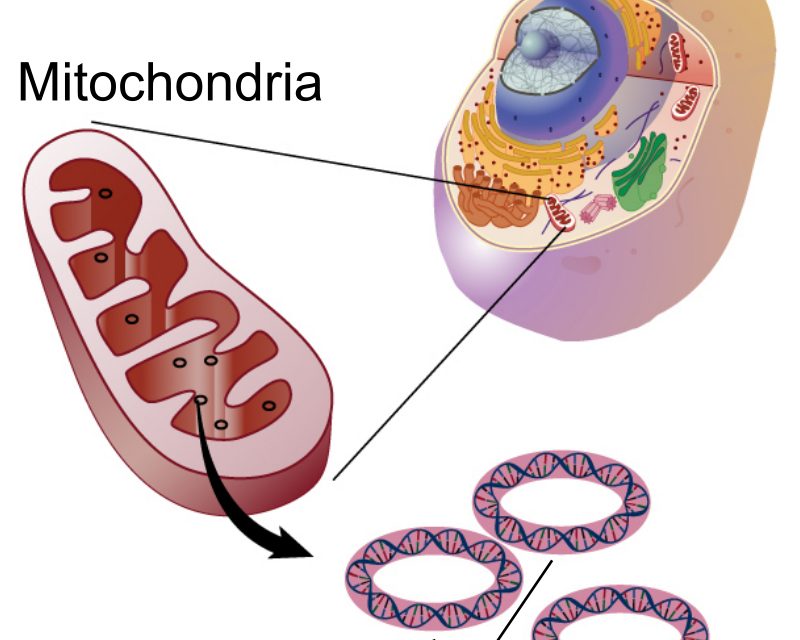
From small body size to big data
You remember door 3 of our calendar where we presented the UiO:LifeScience summer project of Liepa on the speciation of intertidal beetles? FEZ was very happy to house two further UiO:LifeScience summer projects this year. Morten Rese and Vegard Myrland Alvestad explored from different starting points how to […]
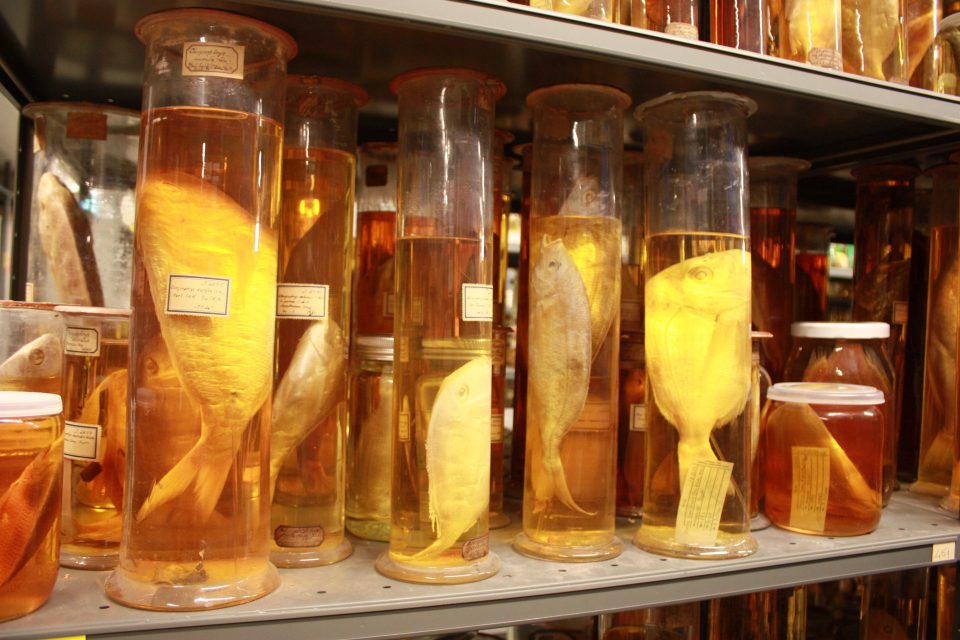
Bringing museum specimens back into the light: Meet the new postdoctoral researcher molecularly exploring museum collections
Rita M. Austin, a recent addition to the FEZ group, is working as a postdoctoral researcher exploring and optimizing the recovery of museum biomolecules in the Oslo Natural History Museum collections. Rita completed her PhD earlier this year at the University of Oklahoma, where she conducted meta- and […]
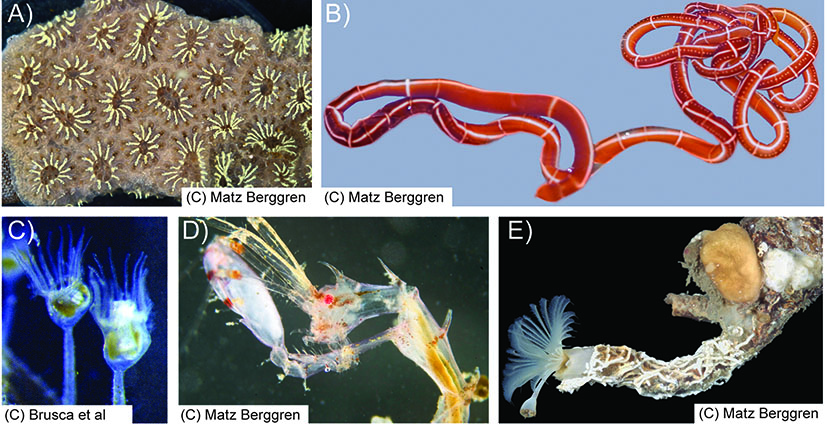
Assessing biodiversity in the marine algae belt
The marine algae belt comprising kelp forests, seagrass meadows and rocky reefs with coralline red seaweeds is one of the most active primary producing environments in the sea. It also harbors are great diversity of animals including sea squirts, ribbon worms, nick worms, serpulid worms, spionid worms and […]
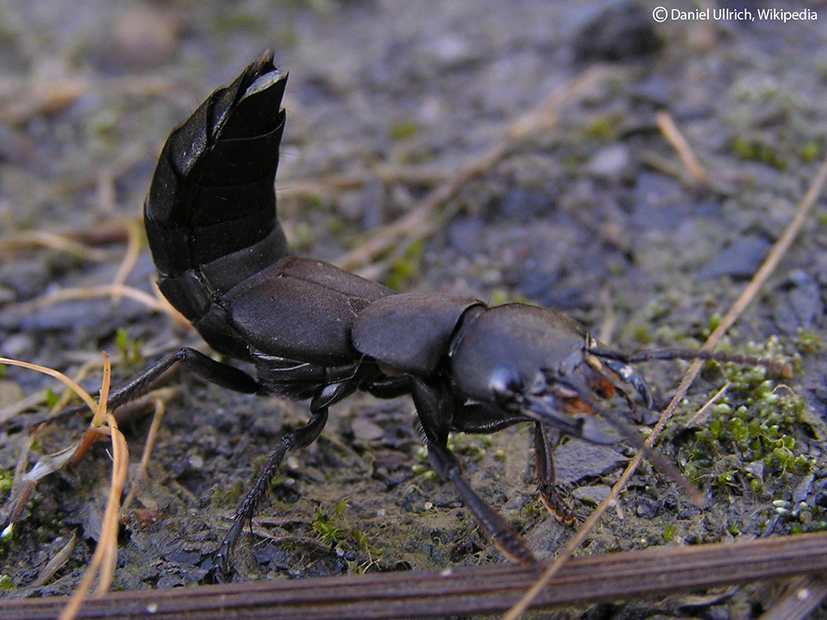
Did the vikings bring beetles along to Iceland?
Vetle started his MSc-project in the late parts of 2018, and continued with fieldwork in Iceland, Scotland, Norway and the Faroes. The goal of the thesis is to determine where the beetle fauna of Iceland originated from. With a thorough sampling from the northern parts of Europe, he […]